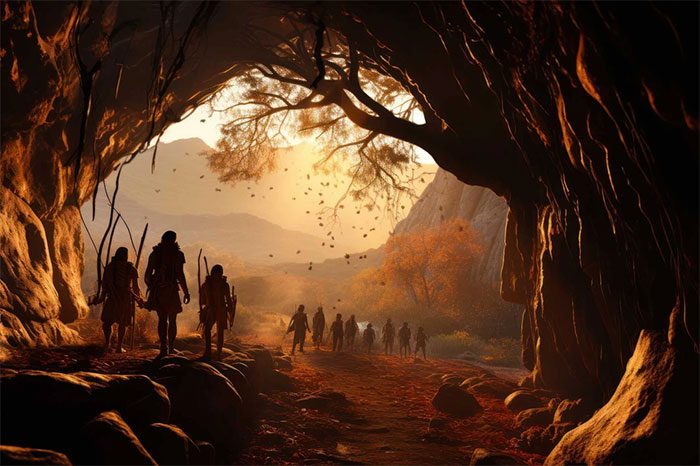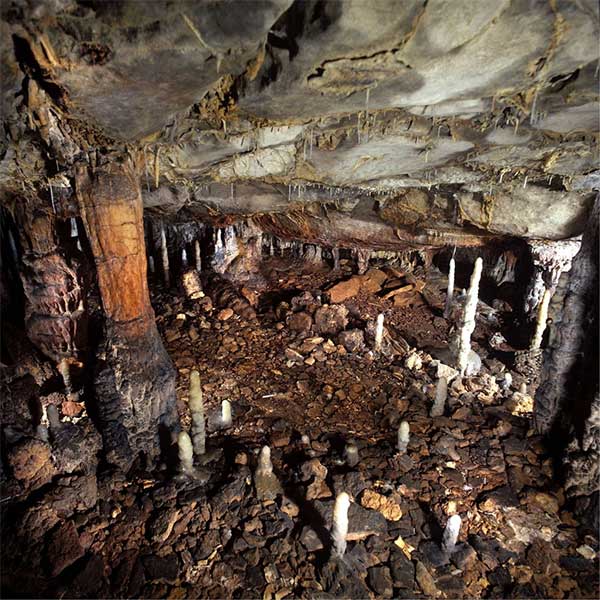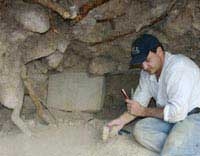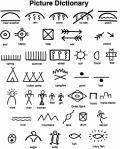Upon discovering La Garma Cave in Spain, archaeologists felt as if the site had just been abandoned.
La Garma Cave has been sealed for 16,000 years, preserving a unique ancient habitat from the Magdalenian period, unparalleled in the world.
This site is regarded as a true time capsule (describing the exceptional preservation of the location), first uncovered nearly 30 years ago in northern Spain.

La Garma Cave retains an almost intact environment of the Magdalenian people (Photo credit: Futura Science).
The cave’s entrance was sealed by a landslide, protecting it from the ravages of time. Consequently, the evidence contained within La Garma is extraordinarily significant.
300,000 Years of Human History Preserved
When archaeologists first entered the cave in 1995, they felt as if the last inhabitants had just stepped away, leaving behind a valuable treasure found on the ground and walls.
According to archaeologists, 300,000 years of human history are stored here. The cave is already famous for its art, featuring 500 illustrations on its walls, and today it stands as a unique testament to the Magdalenian habitat.
The latest findings from archaeological work have recently been presented at the National Archaeological Museum of Spain.
Vivid Traces of Ancient Magdalenian Habitat
The cave floor still bears traces of a habitat dating back 16,800 years, just before the site became sealed. Therefore, it represents one of the best examples in the world of such a living environment.

The living site of ancient Magdalenian people in La Garma Cave. (Photo: Futura Science).
In fact, scientists discovered an oval space approximately 5m2, bounded by stone blocks and stalagmites, which allowed for the establishment of a structure on the ground.
At the center, the research team found the remnants of an ancient hearth, believed to have been used by a small group of foragers who gathered around it to make tools, process meat, and work with bones and hides from animals.
Over 4,600 artifacts were uncovered in this “home”. Among these were animal bones, including those from deer, horses, aurochs, as well as flint tools and decorative items.
The researchers dedicated two years to meticulously analyzing all these artifacts.
The reconstruction of this ancient habitat will soon be displayed at the Cantabria Rock Art Center in Puente Viesgo, and it is expected to attract significant interest from tourists visiting Spain.





















































